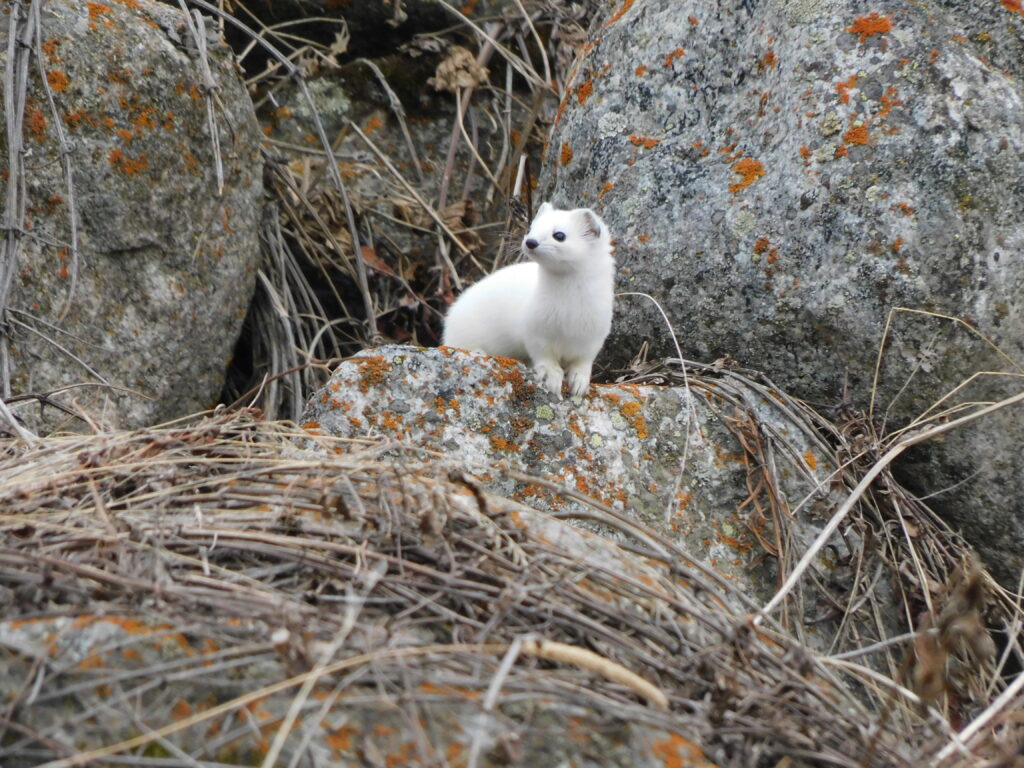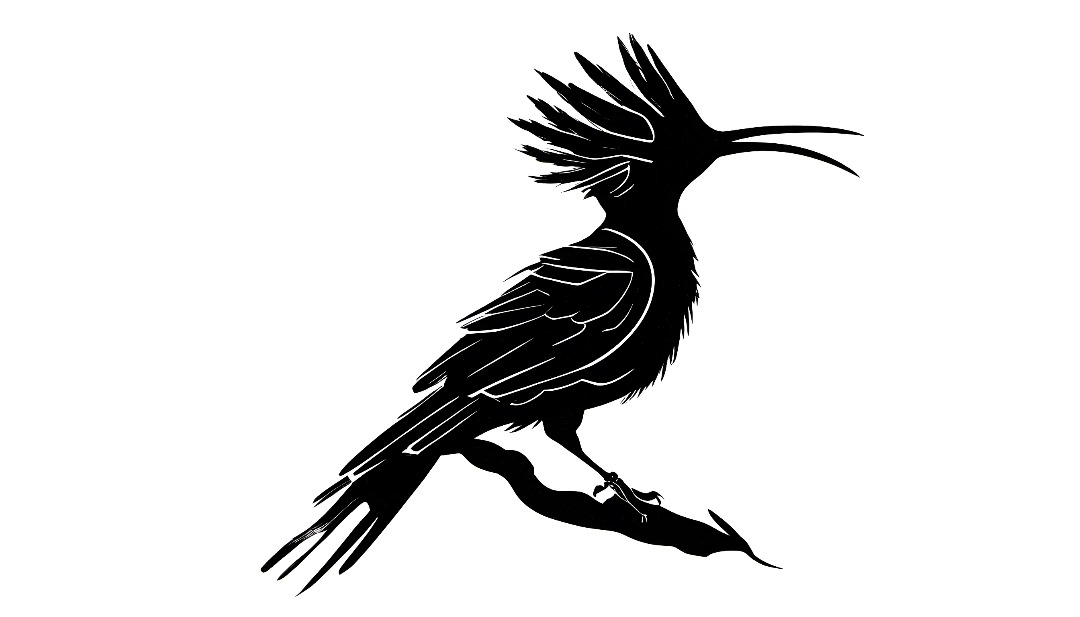Celestial Birds
Explore the Tian Shan
From Osh to Bishkek via Arslanbob, Song-Kul, Issyk-Kul and the high plateaux of the Tian Shan
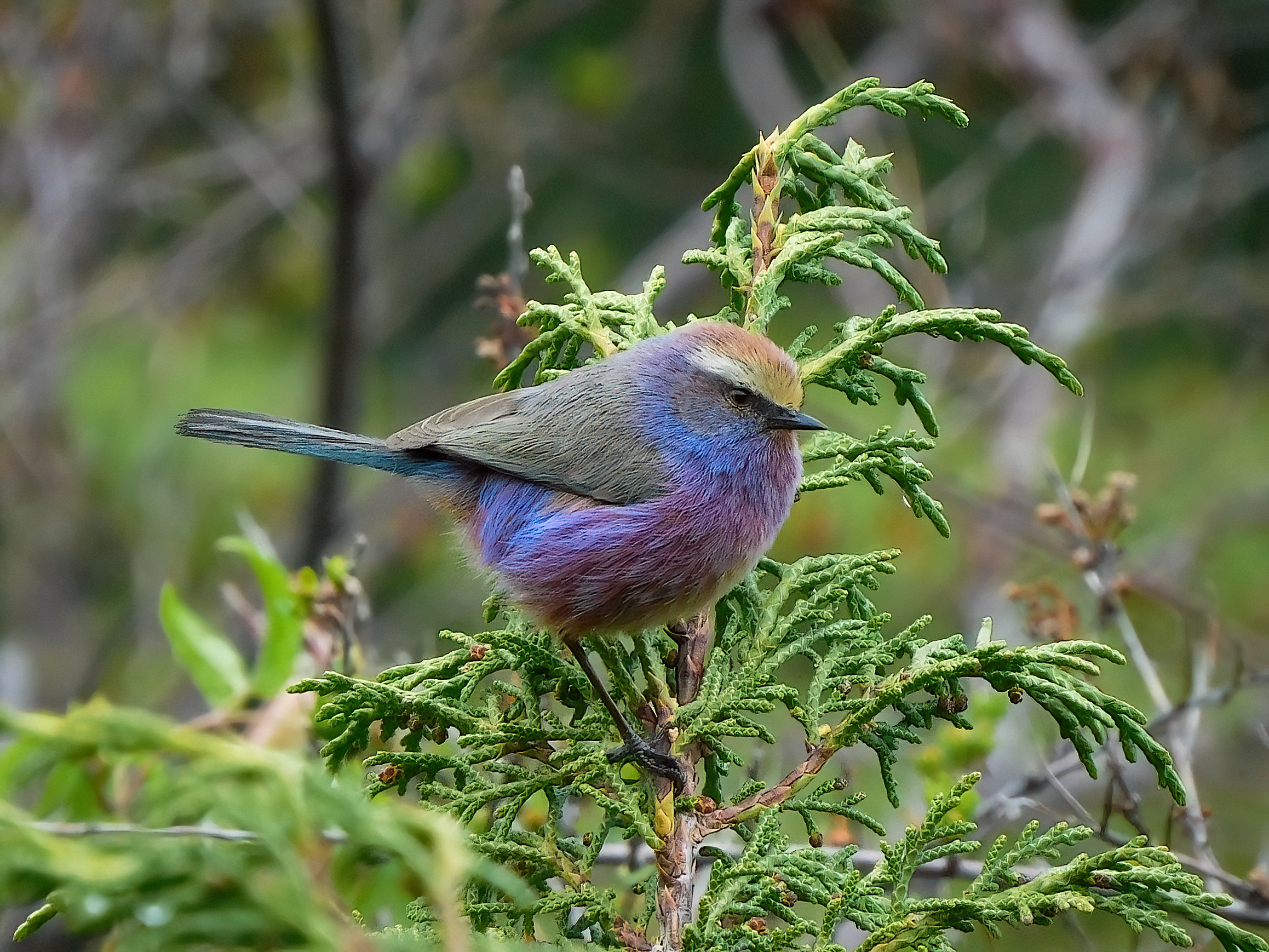
Summary
Duration: 14 days from Osh to Bishkek
Arrival: Osh
Departure: Bishkek
Best period: June, July, August, September
Included:
- English or French speaking bird watching guide
- Transportation
- Accomodation
- Food
- Snacks
- Entrance to the parks
- Donation to community-led nature reserve
Not-included:
- International flights in/out of Kyrgyzstan (we can direct you the best options)
- Personal expenses: snacks, drinks (including alcool), souvenirs, sim-cards…
Note:
- Single room supplement possible
- English, French and Russian guiding available
Known only to trekking and horse-riding enthusiasts, Kyrgyzstan is a gem for bird lovers. In the heart of Central Asia, the country is almost entirely mountainous and virtually unknown to birdwatchers. The Celestial Mountains, Tian Shan, rise to over 7,000m, and offer a breathtaking variety of landscapes and habitats. Forests of pine, juniper and walnut. Deserts and “badlands”. Vertiginous cliffs, glacial lakes and moraines, glistening glaciers towering over high-altitude pastures and endless steppes with yurt camps and herds of horses. All inhabited by a hospitable people, heirs to a thousand-year-old nomadic culture tinged with a Soviet past and the necessary 2.0.
In Kyrgyzstan, you’re not so much looking for large concentrations of birds as for intimate but equally spectacular encounters. A White-browed Tit-warbler on the corner of a juniper grove. The ballet of five species of vulture around a rarely visited colony. A tête-à-tête with the Güldenstadt Redstart on the high plateaus. Rosefinchs, Rollers, Bee-eaters and Larks all over the place. Oh, and could it be Siberian Ibex on these slopes? And here, a reintroduction program for the Goitered Gazelle? Well, if it isn’t Eastern Rock-nuthatch singing its rallying cry to outdo that Blue Whistling-thrush, a little too music-loving for its taste.
Let’s face it. Kyrgyzstan has a taste of adventure that’s so special in a country still inhabited by nomads. We’re back to the roots of exploration. The kind that gives you the satisfaction of helping to map the world’s feathered species, while helping local ornithologists to preserve this jewel.
IMPORTANT NOTE:
This tour will take us in high alpine environment. Mountain sickness can strick anyone, whatever physical conditions. The tour is design to slowly gain in elevation to mitigate as much as possible the risk of mountain sickness. There is little else that can be done to prevent it. Guests should be aware that it may affect them.
Guests are strongly encouraged to share their personal medical insurance contact details with us to ensure that in case of accident or sickness they are well taken care off.
Note that Kyrgyzstan is developping country. Its health infrastructure are not always at the best standart. Some parts of the itinerary will take us away from any facility. It may take several hours of drive to reach the first first-aid post.
Itinerary
Part 1: the deep South
Days 1, 2, 3
Our expedition starts from Osh, the capital of Southern Kyrgyzstan. For the first three days, we will explore the deep South of the country. This region is very much off the beaten track. Rare are the tourists visiting it. And even rarer are the birders who have had the chance of discovering its stunning landscape and environment.
Between the cities of Batken and Osh we will venture in forgotten canyons and in the badlands and desert areas of the region. We will also explore the foothills of the Turkestan range. This part of the trip will take us to observe several species of vultures (Eurasian Griffon, Black Vulture, Egyptian Vulture), Blyth’s Rosefinch and White-capped Redstart, White-capped Bunting, Desert Finch and Variable Wheatear, Eastern Orphean Warbler and Hume’s Whitethroat, Blue Rock-thrush and Eastern Rock-nuthach, and the Gorgeous Blue-whistling Thrush.
Long-tailed, Turkestan and Lesser Grey Shrikes should also be showing up on the way.
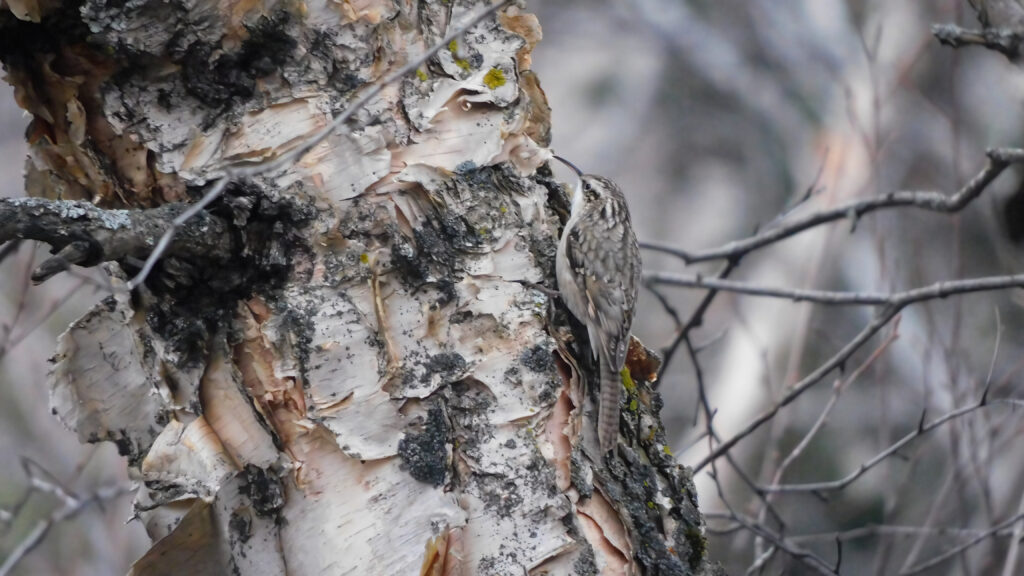
Part 3: Up towards the eternal sky
Days 6, 7, 8
Enough of the foothills, time to go up. For the next four days, we will explore the forgotten belly of Kyrgyzstan. This region has been so remote for many decades that few people know about its marvels. And even fewer people have birded it. Get ready: landscape wise it is stunning.
We will visit the Riparian Forests of the Naryn river, the canyon of the Kokemeren for vultures and eagles, and the stunning gem of Kyrgyzstan: the Lake Song-Kul. The later is also a hotspot for birds. Tens of thousands of grebes and ducks breed there as well as shore birds such the Tibetan Sand-plover, the Black-Stork, the Horned Grebe and the Black-tailed Godwit. We should also have our first sightings of mountain species such as the White-browed Tit-warbler and the White-winged Snowfinch.

Part 2: Under the shade of the Babash Ata, the world largest walnut forest
Days 4, 5
This magnificient ancient forest is sprawling under the Babash Ata (4400m) and is surrounding the town of Arslanbob, an Uzbek oasis overlooking the heated valley of Ferghana. Apart from some fresh air, we will also look for the Bar-tailed Treecreeper, Yellow-breasted Azure Tit and Rufous-napped Tit. For several years, a pair of Little Forktail has been breeding here, as well as Indian Paradise Flycatcher. We will If they are around during your visit, we will do all we can to find these beauties.
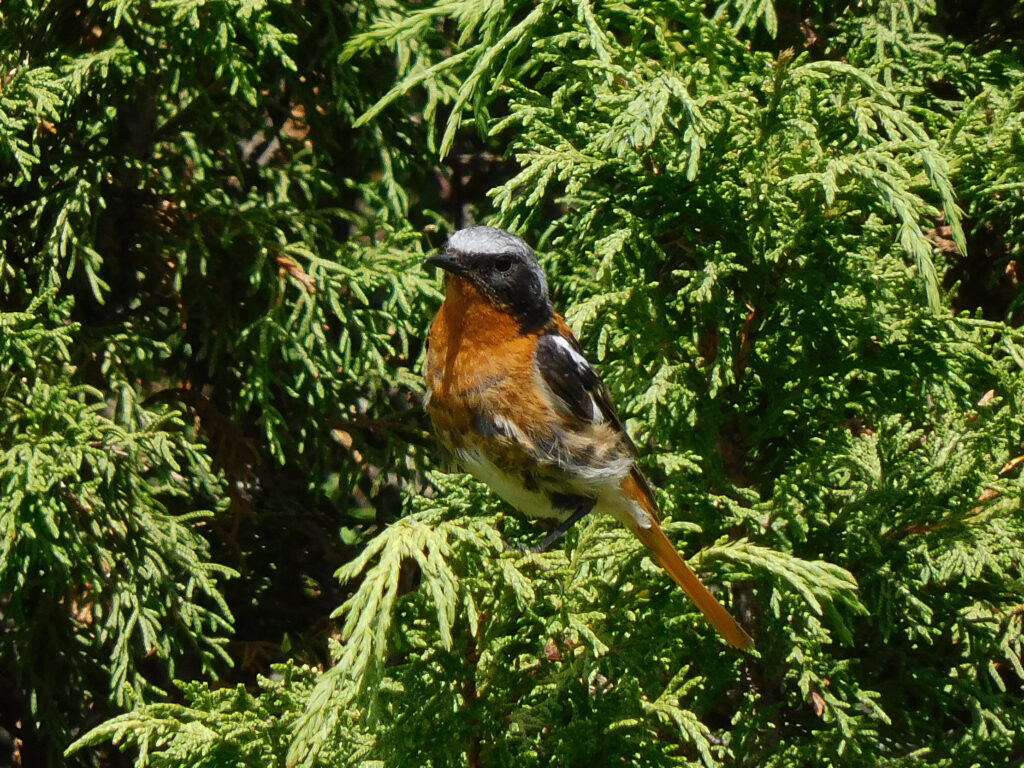

Part 4: Issyk-Kul, the Kyrgyz sea
Days 9, 10, 11, 12, 13
There is one thing that all Kyrgyz will agree on: the Lake Issyk-Kul is a gem, a not so little paradise on earth that the country has been blessed with. And for us birders, it is unique diversity of landscape offers a gigantic playground.
Subpart 1: the desert and badlands of Issyk-Kul.
After the green meadows of Song-Kul, let’s go back for a last trip in the desert. This mountain desert is home to Mongolian Finch, Grey-necked Bunting, the elusive (and nerve racking) Daurian Partridge, Black Redstart, Chukar, Rufous Rock-Thrush and our favorites: the Black-bellied and Pallas’ Sandgrouse. We will thus spend some time venturing the dusty side roads looking for them. But because this is also enough with the heat, we will make sure to retreat every evening to the shores of Issyk-Kul. The water is cold, but not that cold. And for those who would like to have a deep, well the show of force of the Common Swift, Sand and Pale Sand Martin as well as the stunning landscape should suffice.

Subpart 3: micro-reserves of Issyk-Kul
This section of the tour will be spent in two to three project sites of the Ornithological Society KG, namely Ak-Bulun peninsula, Yntymak and Jety-Oguz. There, we shall see: Kentish and Little-ringed Plover, Pied Avocet, Tibetan Sand-plover, Common Redshankds, Northern Lapwings, Yellow Wagtails (feldegg), Asian short-toed Lark, Greater Short-toed Lark, Shore Lark, White-tailed Eagle, Western Marsh Harrier, Booted Eagle, Hen Harrier, Common Grasshopper Warbler, Pallas’ Grasshopper Warbler, Citrine Wagtail, Lesser and Greater Whitethroat, Greylag Goose and tons of ducks including the beautiful Ferruginous Duck.
Depending on the season of our visit, we might also be gratified by some migrants: Common and Demoiselle Cranes in Spring, Golden and Grey Plover in late Summer and early automn.
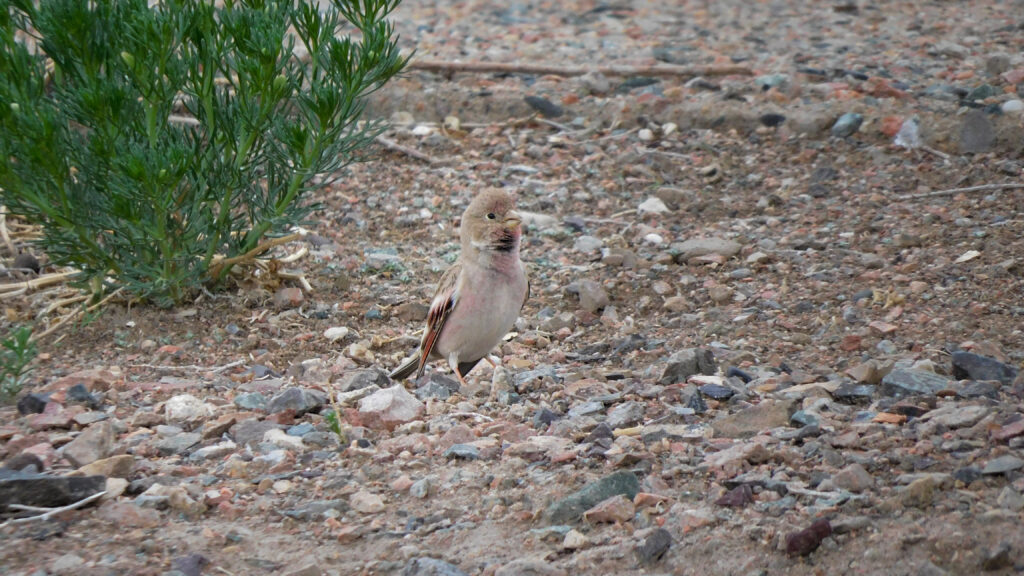
Subpart 2: back to the mountains.
Everything is in the title. We will go up towards the high plateau of Arabel, looking for the unique species that the Tian-Shan have to offer. Brown and Black-throated Accentor, Hill Pigeon, Black-headed Mountain Finch (this one is a bit tricky and does require some walking at high altitude), Plain Mountain Finch, Güldenstadt’s/white-winged Redstart, Eversmann’s/Rufous-backed Redstart, Himalayan Rubythroat, White-winged Grosbeak, Blue-capped Redstart, Red-mantled Rosefinch, Sulphur-bellied Warbler, Hume’s Warbler, Brown and Eurasian Dippers, Altai Accentor, Songar subspecies of the Willow Tit, Himalayan Vulture and if we are very lucky the mighty mountain chicken: the Himalayan Snowcock.
Hang-on, did I forget that we might also see the Ibisbill and herds of Ibex?
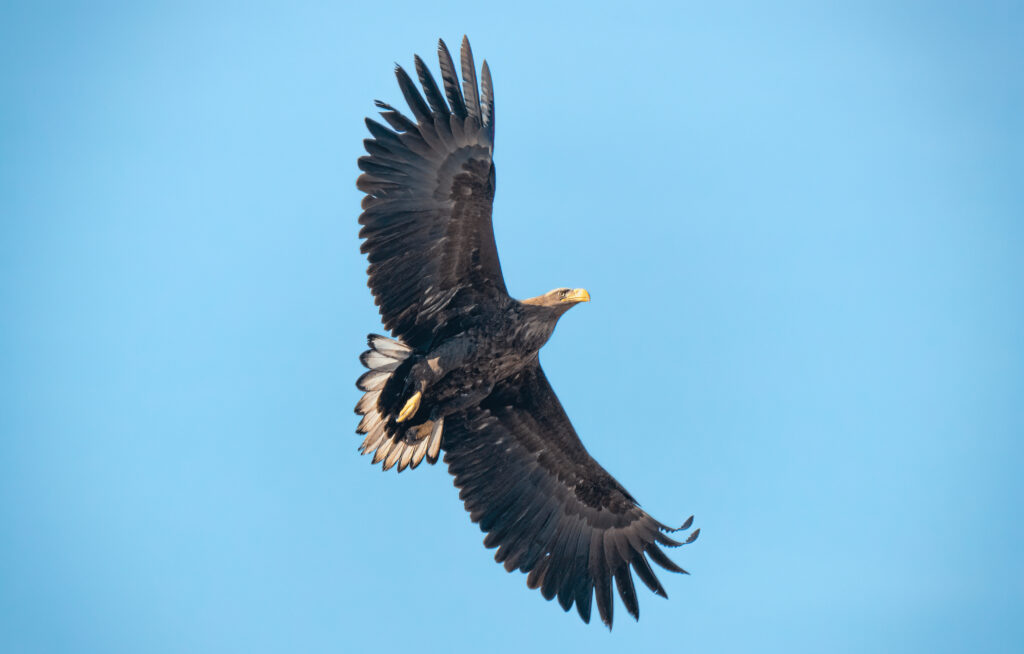
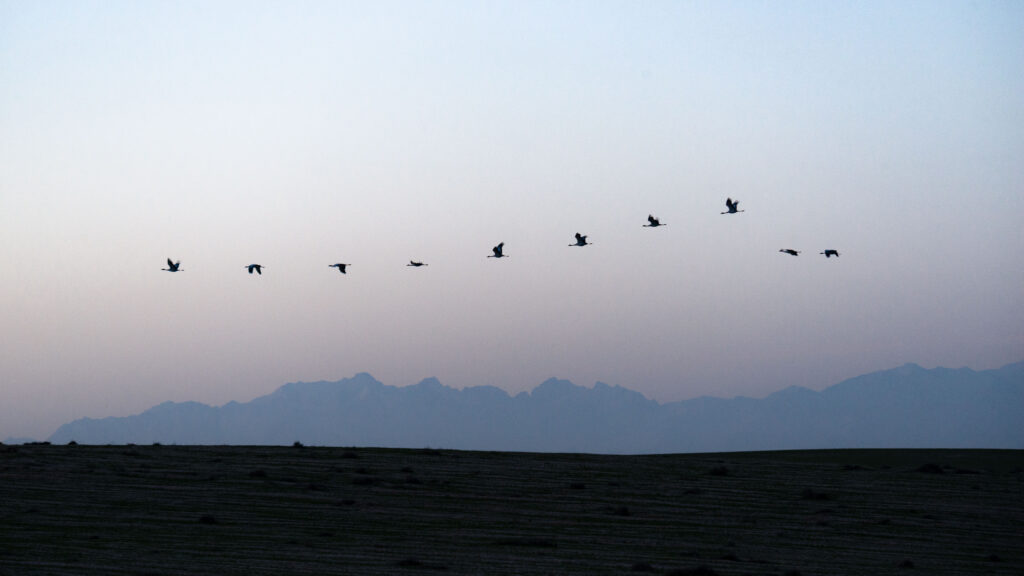
Part 5: the last corners of Steppes of Kyrgyzstan
Day 14
We will spend our last day together to explore the last patches of steppes of the Chuy valley. There, we will be looking for the Little Bustard, Glossy Ibis, Shikra and Calandra Lark (the Bimaculated is also possible but harder). We will look for Paddyfield Warblers and Common Buzzard as well as Spanish Sparrows, Eurasian Roller and European Bee-eaters. There will also be Turkestan and Lesser Grey Shrike. Depending on the season, we could have a few migrants too. In the late Summer and early autumn you might find yourself admiring a Steppe Eagle and why not an Imperial Eagle.
Day 15: Departure
Possible extensions:
Several locations can be included as extensions to this base-tour.
Chatyr-Kul and Tash Rabat Caravansaray
3 Days
Chatyr-Kul, or Celestial Lake, is located near the border with China, about 75km from the last real settlement. The landscape is shared between stunning mountain ranges, border guards and shepherds. The lake it self is a protected area hosting the only Central Asian colony of Bar-headed Geese. Brown headed Gulls have been seen up there as well as Barbary and Saker Falcon but you have to be extremely lucky for the later as it is heavily poached in the country.
Depending on the fitness of the group, we might stay near the shore of the lake or we might retreat to Tash Rabat and its centuries-old Caravansaray. The valley is also an IBA home to Güldenstadt’s Redstart, White-winged Snowfinch, Himalayan Griffon/Vulture, Altai Accentor and a small population of Great Rosefinch.
Ala-Archa National Park
1 Day
Located one hour drive South of Bishkek, Ala-Archa National Park is a gorge alpine environment. For birders is always the promise of a great day with Blue-capped and Eversmann’s Redstart, Red-mantled Rosefinch and White-winged Grosbeak, Hume’s, Greenish and Sulphur-bellied Warblers, and Himalayan Rubythroat. Bearded and Himalayan vultures are nesting there as well as a pair of Golden Eagle.
If the group is fit enough, we can take the day for a hike (+600m elevation gain to 2400m) to observe countless birds and also Siberian Ibex, Turkestan Pika, Grey Marmots and the adorable Hermine.
